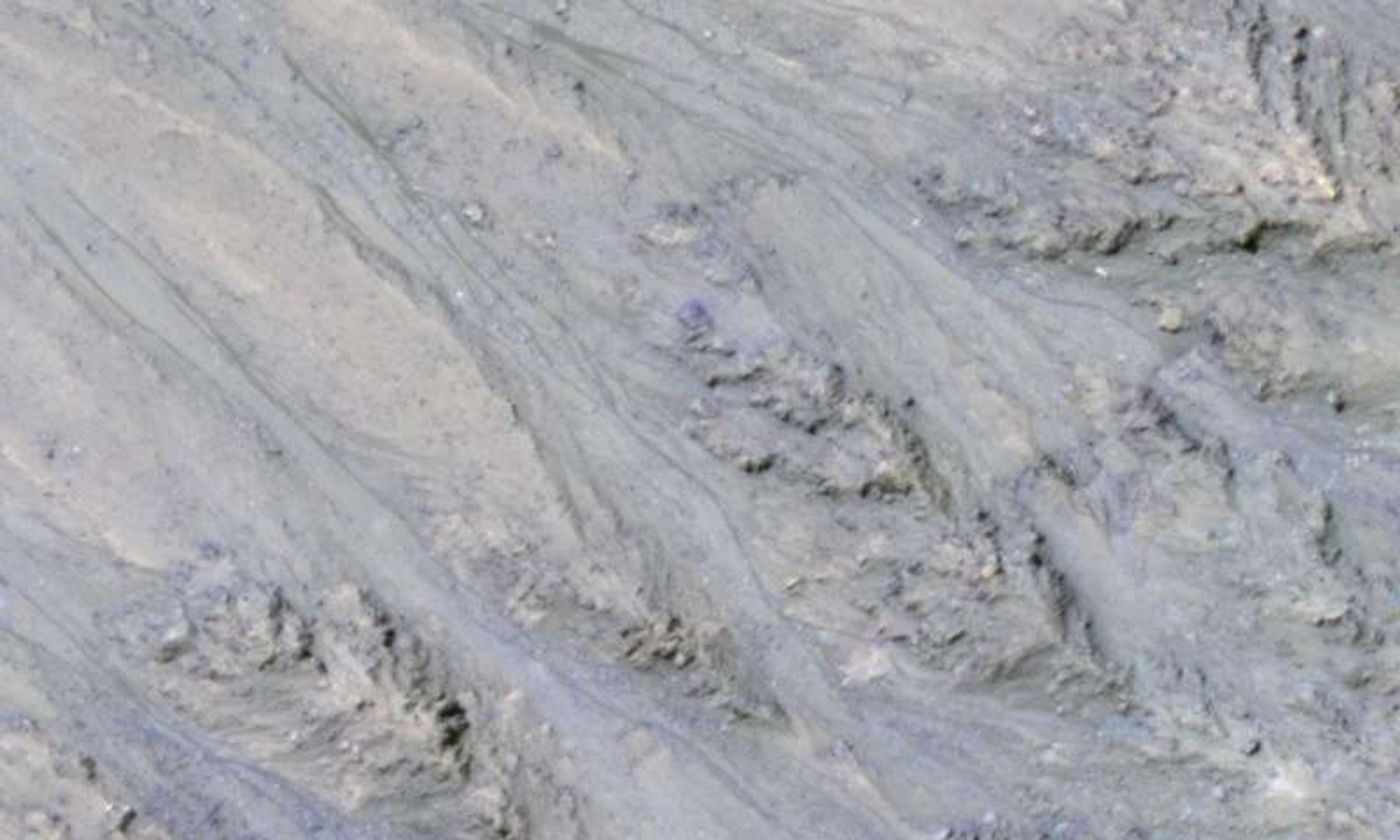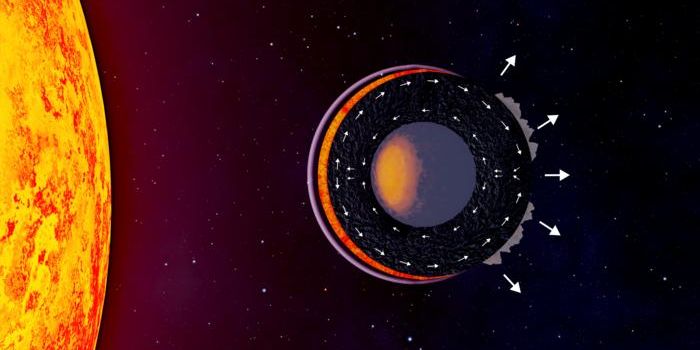Mars' Dark Streaks Could Be from Flowing Sand Instead of Water
If you went to Mars and took a closer look at some of the planet’s steepest slopes, then you would probably come across surface features known as recurrent slope lineae (or RSL for short).
Image Credit: NASA/JPL-Caltech/UA/USGS
Planetary scientists have long thought that these streaks came from water flowing beneath the Martian surface, but a new study published in the journal Nature Geoscience this week implies that the red planet’s seemingly-endless shifting sands cause them instead.
Scientists took particular note of how these streaks mostly appear near some of the steepest slopes on Mars, like those exceeding an incline of 27 degrees. While it seems like an insignificant coincidence at first glance, it just might speak volumes about how they came to be.
As it turns out, Mars is drier than we think. Although a small water presence beneath Mars’ surface could have something to do with their formation, scientists think it’s more likely that the slopes are just steep enough to promote downhill-tumbling sand granules.
Related: MRO image offers potential clues regarding the mechanisms behind sand formation on Mars
"We've thought of RSL as possible liquid water flows, but the slopes are more like what we expect for dry sand," noted Colin Dundas of the U.S. Geological Survey's Astrogeology Science Center. "This new understanding of RSL supports other evidence that shows that Mars today is very dry."
The flowing sand granule idea fits the bill for Mars better than flowing water because of what we know about the planet’s habitability conditions. With its thin atmosphere and lack of a magnetic field, Mars' environment is probably too hostile to support enough subsurface flowing water to generate these types of patterns.
On the other hand, these RSLs seem to change frequently with the seasons, so it’s possible that salts residing in the Martian sands absorb near-negligible amounts of atmospheric moisture that help facilitate these formations.
"Full understanding of RSL is likely to depend upon on-site investigation of these features," said Rich Zurek, an MRO project scientist.
Related: NASA is using simulated Martian soil to experiment with plant growth
If one thing’s to be sure, it’s that Mars’ RSLs are unlike anything else in the solar system; we can’t even begin to compare similar formations on Earth to those on the red planet because of the vast differences in each planet's makeup and environmental features.
Investigating the mechanisms that cause RSLs to form on Mars might just have to become one of the primary tasks of the first Martian visitors.
Source: Phys.org









